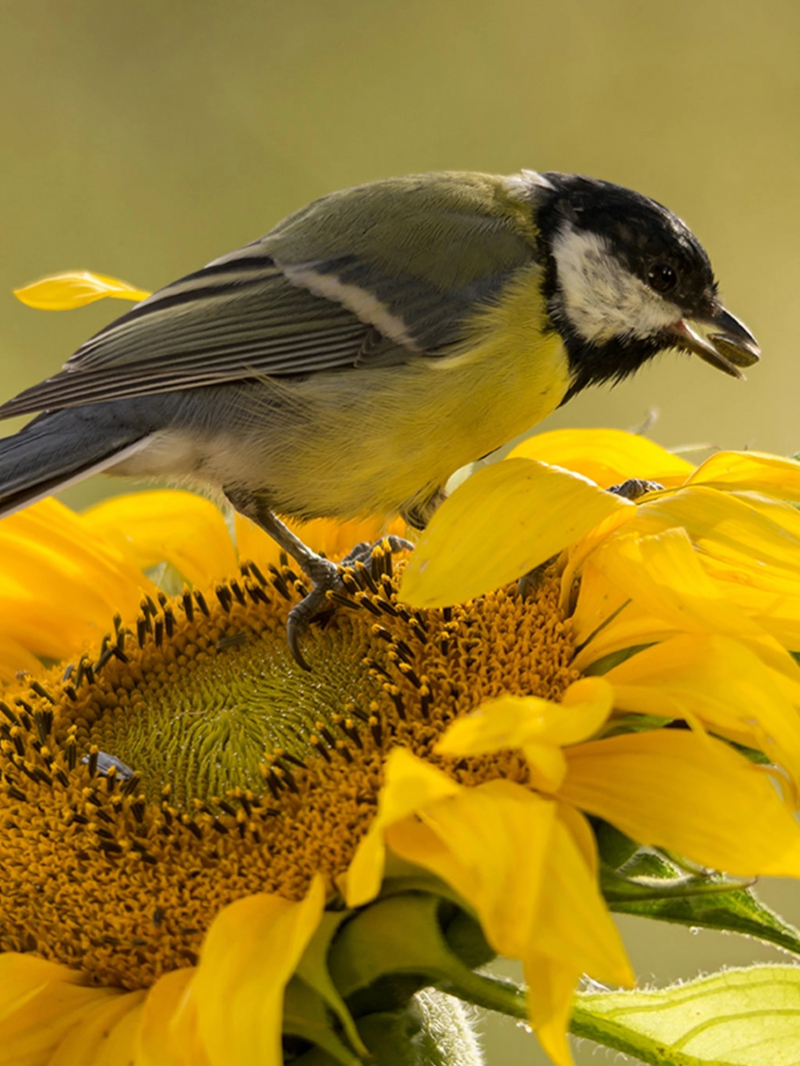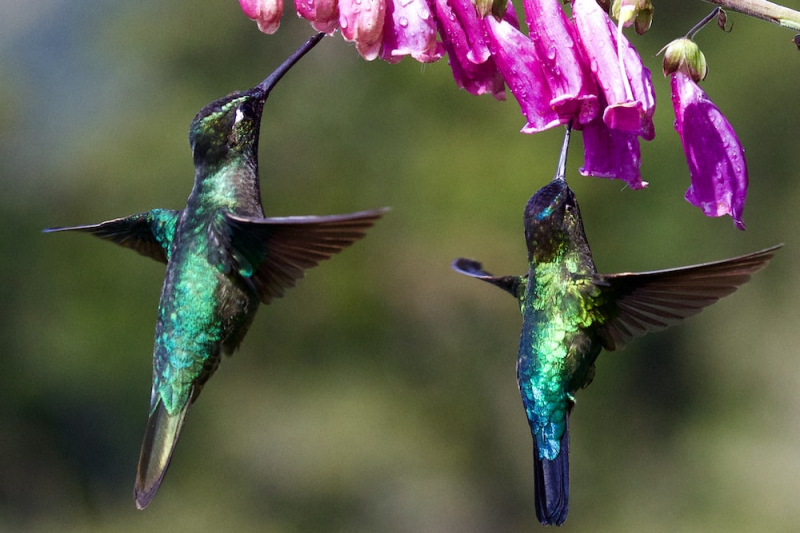Bird
Because research into pollination began in Europe, where bird pollinators are rare, their importance is often underestimated. In fact, in the southern temperate and tropical regions, birds are at least as important as pollinators like insects, perhaps more so. About a third of the 300 families of flowering plants have at least some members with ornithophilous ("bird-loving") flowers — flowers that are attractive to birds. In contrast, about 2,000 species of birds belonging to 50 or more families, regularly visit flowers to feed on nectar, pollen, and insects or spiders that live in the flowers.
Bird pollination is a pollination process that takes place through the process of catching worms and sucking nectar from birds. Pollen particles will stick to the beak and feathers of the bird and will reach the ovule of the female flower through the bird's contact with the flower. This is a phenomenon of pollination that is not very effective but still has a higher success rate than wind pollination. Flowers that are pollinated by birds tend to be large, pale in color, and have a strong scent.








